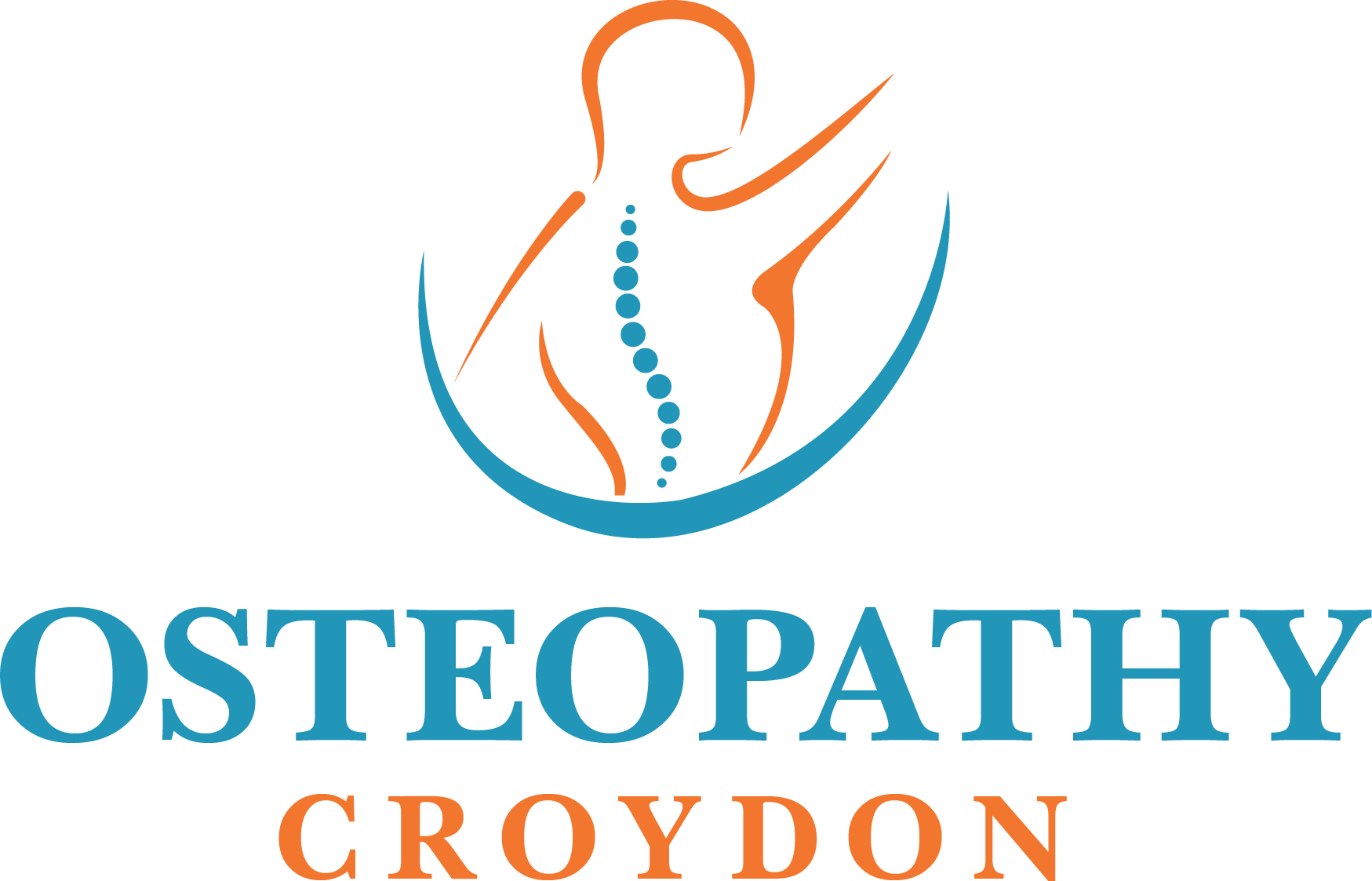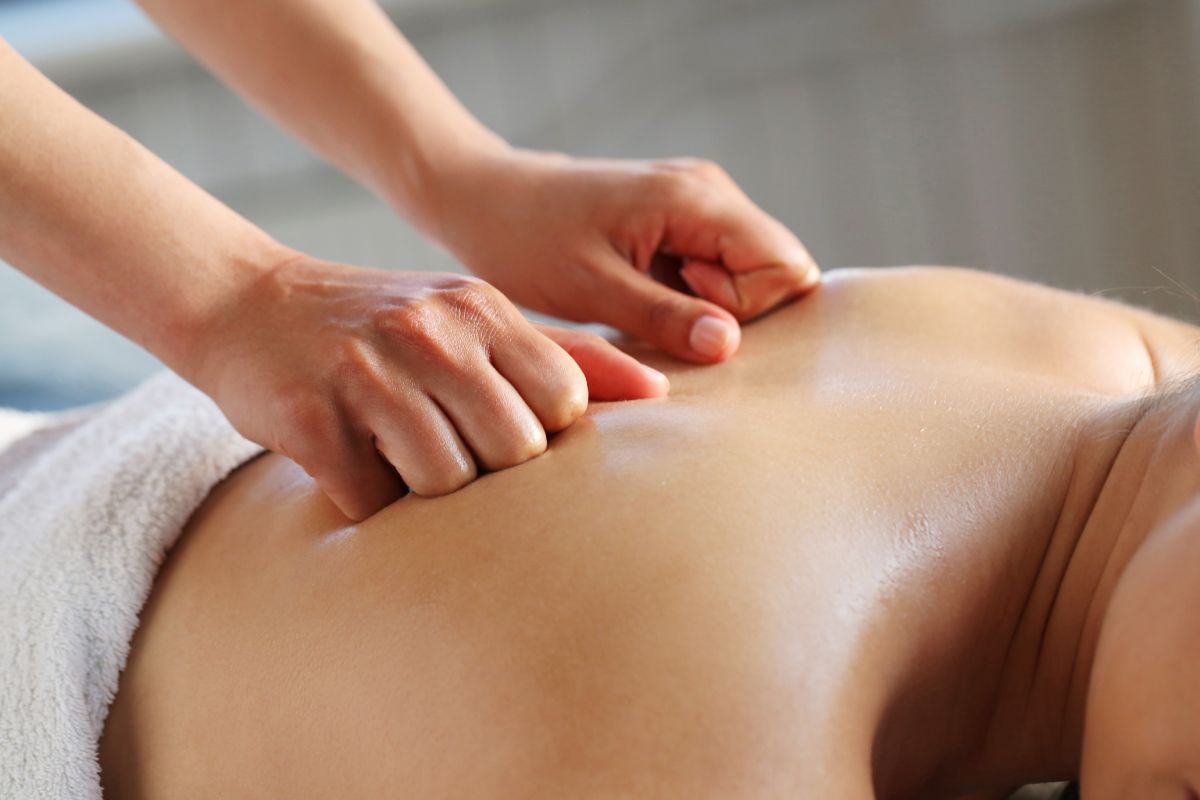Deep Tissue Massage: All You Need To Know About The Osteopathy Massage
Primarily used to treat chronic aches and pains, deep tissue massage is a widely implemented form of massage therapy. This is not the same as Swedish massage, a spa deep tissue massage that is different in its technique, pressure and intended use. Deep tissue massage helps to relieve joint restrictions, knots, and adhesions in the muscle and fascia by accelerating recovery to provide pain relief.
How Does Deep Tissue Massage Work?
By applying firm pressure to the muscles, deep tissue massage aims to break down adhesions and collagen fibres that can restrict movement and increase pain. The adhesion can be caused by scar tissue or inflammation that can be healed to restore proper blood circulation and improve mobility.
Therapists who perform this osteopathic massage use their knuckles, fingertips, hands, elbows and forearms to apply pressure and implement massage techniques. They might alternate between the different manual methods during the massage process.
You can expect a mild ache when the osteopath massage therapist digs into particularly tense muscles, and the feeling might last for a few days after the consultation. This is because your body is trying to adjust to the changes that have been made during the osteopathic treatment.
You can always consult your osteopath in croydon if you feel concerned or the effect is too intense and doesn’t fade away.
When Can You Benefit From Deep Tissue Massage Treatments?
While it’s best suited for those who participate in intense physical activity or have chronic pain problems, it is also great for stress relief. Deep tissue massage can aid in muscle relaxation, improve mobility issues and reduce pain due to stiffness. This technique is also beneficial for pregnancy and labour since it eases tight muscles. This massage therapy can help those who have:
- Chronic or acute pain
- Decreased mobility or limited range of motion
- Healing from injuries caused by falls, sports accidents, whiplashes, etc.
- Strains from repetitive motions
- Poor posture-related pain problems
- Pain due to osteoarthritis
- Fibromyalgia (a common chronic syndrome that causes musculoskeletal pain)
- Muscle tension, contractions, or spasms
When Should You Not Try Deep Tissue Massage?
Deep tissue massage offers physical and psychological benefits, targeting deep layers of muscles and surrounding tissue. Though massage therapy is usually safe, it can often be intense since it focuses on problem areas. As such, it is not suggested for those who are suffering from:
- Infectious skin diseases, rashes, burns, inflamed skin, tumours, or open wounds
- Soon after surgery or a recent fracture
- Osteoporosis, unless your doctor says otherwise
- Clotting or bleeding disorder
- Heart disease
- Abdominal hernia
- Cancer
Potential Side Effects Of Deep Tissue Massage
- Lingering Pain: The pressurised techniques can slightly reduce pain during or after the session. While this might seem alarming, it is actually expected because of the massage process. If the pain lasts for more than a few days, it is best to consult your osteopath.
- Muscle Fatigue: Since the massage penetrates the uppermost layers of the muscles, it is not unlikely that you might feel some soreness. After the first few days, your muscles will feel more relaxed.
- Headache/Migraine: While experiencing headaches is not common after a deep tissue massage session, it is not something you have to worry about. You can talk to your osteopath if you have any concerns.
- Tiredness/Sleepiness: Most patients feel groggy by the end of the session due to the release of tension and the reduced stress. You can expect to feel normal after a good night’s rest.
- Inflammation: The constant stimulation during treatment can result in inflammation. It can also occur due to an older injury or excessive pressure applied by the therapist. If you feel uncomfortable at any point during the session, don’t hesitate to convey it to your osteopath. You can expect the inflammation to subside within a few days.
- Skin Redness: Feeling heat or observing signs of redness isn’t uncommon. This results from rubbing or applying pressure, and it can signify that your muscles are reacting positively to the treatment.
- Nausea: A release of toxins from the body might result in nausea, but it’s still good to discuss this with your therapist since it is unusual. Drinking water and sleeping well can help flush out any lingering toxins.
- Bruising: Generally, bruising shouldn’t be an issue if you’re working with a professional therapist. However, bruising is not uncommon, and you should always discuss any pre-existing conditions with your therapist so they can provide the best treatment possible.
- Injury Aggravation: It is essential to relay any history of past injuries to your osteopath. You can expect your osteopath in croydon to ask questions regarding your general lifestyle and medical history during the first osteopathic consultation. This is to avoid aggravating any old injuries and develop an effective treatment plan for your recovery.
Since deep tissue massage involves manual techniques, it is vital to communicate freely with your therapist to avoid any unusual side effects. In case you detect any of the above, it should not last longer than a few days. You can always consult your osteopath for any severe or rare reactions. If you want to increase mobility, relieve chronic pain or reduce stress, massage osteopathy sessions can help you. Our Local osteopath at Osteopathy clinic also specialise in cranial osteopathy, kinesio taping and shockwave therapy.


